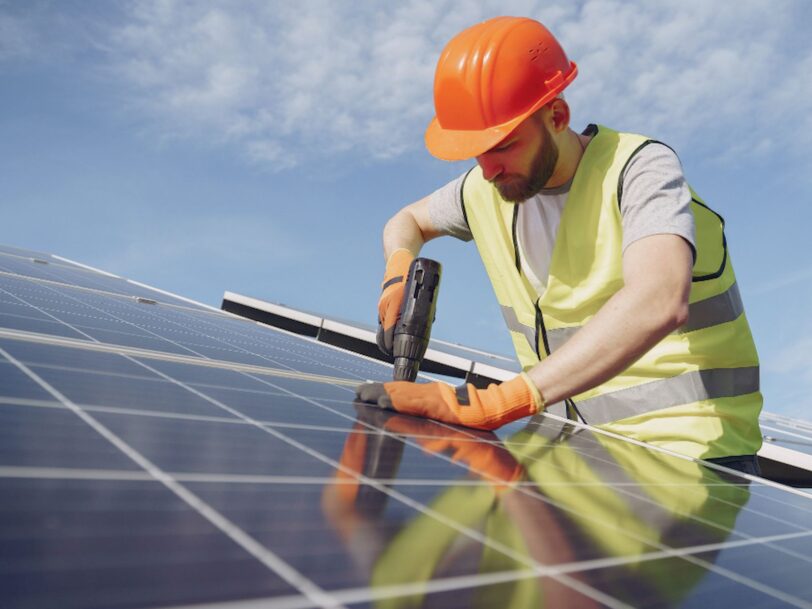Follow These Steps to Buy the Best Solar Panels for Your Home

So, you’re ready to hop on the solar bandwagon, huh? Well, buckle up because we’re about to illuminate the path to finding the best ones for your home. Picking a solar panel is like choosing the perfect sidekick, except instead of fighting crime, they’ll be battling your energy bills and saving the planet. That’s 2 for 0. Let’s get started, shall we?
Step 1: Assess Your Energy Needs and Goals
Before you go any further, take a look at your energy habits. It wouldn’t be practical to power a farmhouse and adjoining buildings with a single panel, would it? Check out those electricity bills and see how many kilowatt-hours you’re guzzling per day, month, and year.
Online solar calculators? Oh yeah, they’re your new best friends. They’ll help you estimate your energy needs based on your location, roof size, and orientation. Think of it as picking the perfect angle for your sunbathing chair – you want the rays hitting you just right, don’t you? Your panels also require the same intensity from the sun.
Step 2: Compare Different Types of Solar Panels
Now, it’s time to window-shop for solar panels. There are three main variants to pick from monocrystalline, polycrystalline, and thin-film panels.
The monocrystalline variants are the Mercedes of solar panels – super-efficient and durable, but they’ll cost you an arm and a leg. Polycrystalline panels made of multiple-crystal silicon cells are like the trusty family minivan – budget-friendly but not the most stylish.
And then there are thin-film panels furnished from thin layers of materials such as amorphous silicon and cadmium telluride – not the most efficient, but they’re flexible and lightweight. The choice is up to you.
Step 3: Check for Efficiency and Performance
Efficiency is the name of the game. The higher the panel efficiency, the more power you get from the peak hours of sunlight. On the other hand, performance entails how well your panel can withstand different weather conditions, such as temperature, humidity, wind, snow, and rain.
Step 4: Look for Quality and Warranty
Now, we need to make sure these panels are in it for the long haul. Imagine buying a panel that is expended over one season or battery cycle. Not an excellent investment, right? Quality is all about the materials, manufacturing, and certifications. Look for reputable seals of approval, such as UL, IEC, or TUV. These are equivalent to the solar panel version of Michelin stars. A warranty is like a security blanket. You want one that covers defects, damages, and the slow march of time. Ideally, it would help to look for panels whose makers are confident enough to give you 10 to 25 years of coverage.
Step 5: Compare the Costs and Incentives
Last but not least, money. The cost of solar panels isn’t just the sticker price; it will also cover the installation, maintenance, and operation fees. Think of it like buying a car – you’ve got the upfront cost, but remember the fuel and servicing. And the sweet cherry on top? Incentives. Renewable energy grants, rebates, and tax credits can help you save a pretty penny. The goal is to buy a solar panel that saves you money in the long run but also brings a little extra paper into your wallet as time passes.
The Bottomline
So, there you have it – the roadmap to finding the solar panels that’ll have your home running on sunshine. Now, go ahead and get that solar panel of your choosing. You still have to install it, though. If you require skilled solar technicians to help you in this regard, The Solar Co is your tried and trusted renewable energy provider.